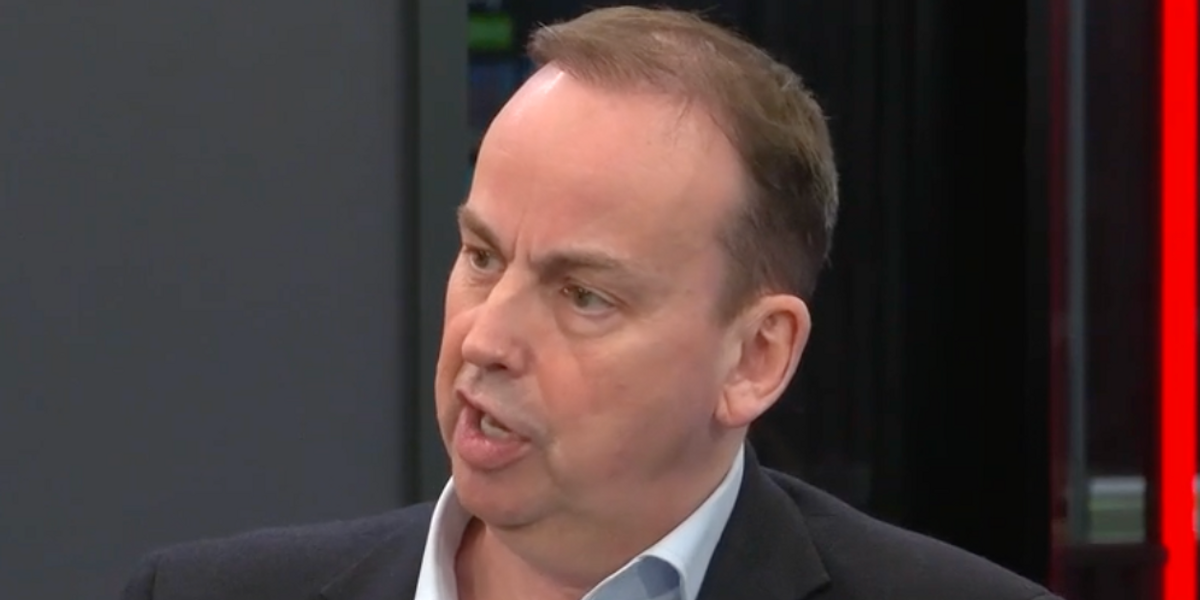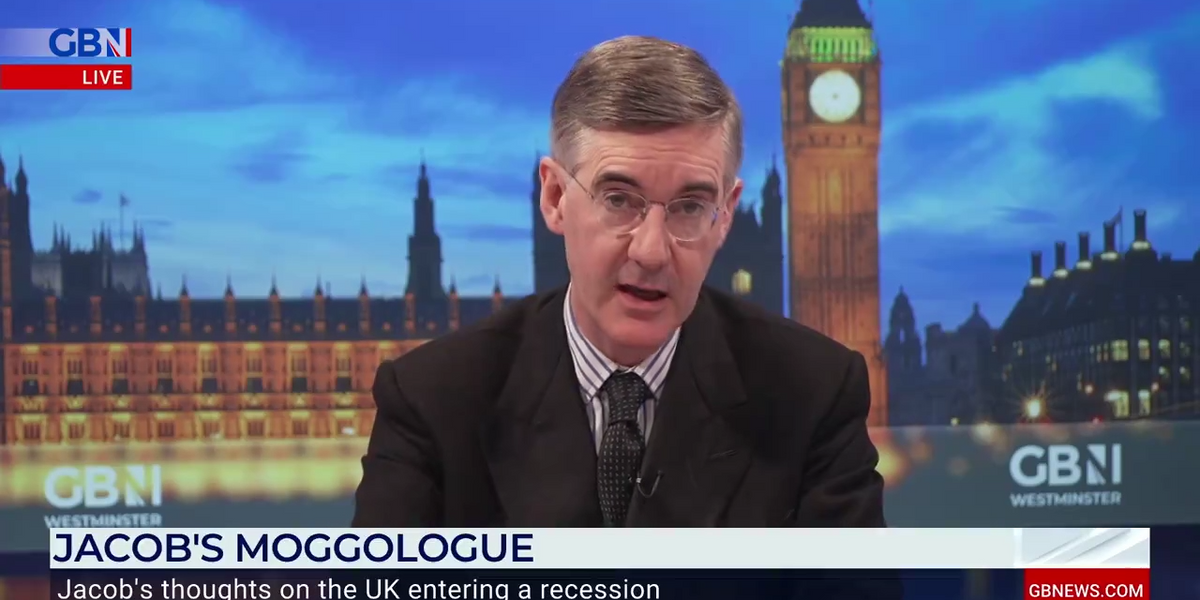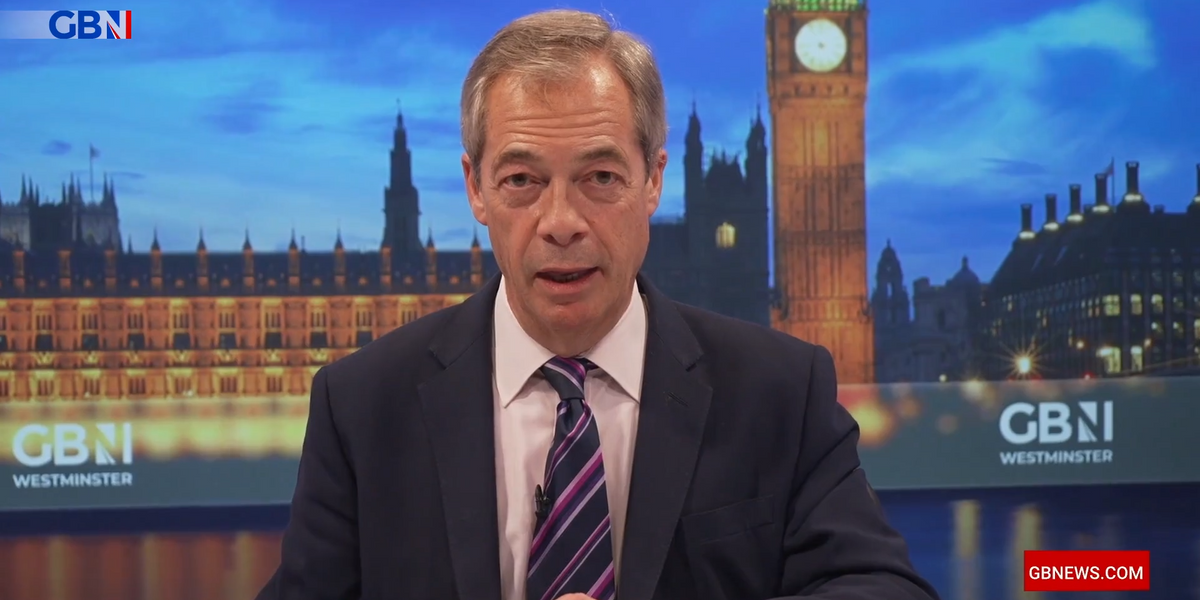
Hand holding gold bullion.
Edgar Su | Reuters
Gold has developed a clear downside trend break away from the strong resistance level near $1,364. Many gold traders were waiting for a breakout above the critical long term resistance level near $1,364 and a move toward $1,550. However, the uptrend was untidy in its behavior so cautious traders have been rewarded.
It was untidy because the price oscillated around the long-term group of averages in the Guppy Multiple Moving Average indicator. The gold price had tested the resistance level near $1,364 on four occasions. It has tested the trend line support level several times over the same period. The failure of the most recent support test in May and June has confirmed a change in the trend direction.
The long-term GMMA provides an insight into the way investors are thinking. When the long-term GMMA is compressed, it suggests weak investor support. Strong investor support for a trend is shown by wide and steady separation in the long-term GMMA. The long-term GMMA averages have compressed and are turning down. This shows trend weakness and the development of a new downtrend. This is the first feature of the new downtrend.
Confirmation of the trend change comes from the way price is clustered around the lower edges of the long-term GMMA. This shows that the long-term GMMA is acting as a resistance feature.
The short-term group of GMMA averages indicate how traders are thinking. They have compressed, turned downwards and are expanding. The expanding separation shows a higher level of trader commitment to short-side trades. The short-term GMMA is moving below the long-term GMMA and this is usually associated with a sustainable trend change. This is the second feature of the trend change.
The third feature that confirms the trend change is the sustained move below the up trend line. This trend line is difficult to position exactly. It starts from the low of 2016 December, but the second anchor point for the uptrend line does not appear until 2017 January. That means the position of the trend line is not well tested and that, in turn, means the uptrend is not well defined. However, the price has clearly fallen below the trend line.
There are two downside targets for gold. The first is based on the previous consolidation area near $1,250. That is a level where, historically, the price has paused and moved sideways. It is not a strong support level.
A support level is where price has fallen to that level and then rebounded and developed a new uptrend. The historical support level is near $1,210. That suggests that the downtrend may pause near $1,250, but traders will be ready for the price to dip toward support near $1,210.
Traders continue to trade the retreat behavior. We use the ANTSSYS trading method for this.
Daryl Guppy is a trader and author of Trend Trading, The 36 Strategies of the Chinese for Financial Traders, which can be found at www.guppytraders.com. He is a regular guest on CNBC Asia Squawk Box. He is a speaker at trading conferences in China, Asia, Australia and Europe. He is a special consultant to AxiCorp.
For more insight from CNBC contributors, follow @CNBCopinion on Twitter.
24World Media does not take any responsibility of the information you see on this page. The content this page contains is from independent third-party content provider. If you have any concerns regarding the content, please free to write us here: contact@24worldmedia.com
Latest Posts

Nigel Farage threatens NatWest with court proceedings to resolve debanking scandal


Amazon delivery driver ‘desperate’ for toilet smashed head on into car

Ricky Norwood set for ITV Dancing on Ice axe as dance expert exposes worrying ‘narrowing down’ trend


HMRC to give hundreds of thousands of households a £300 tax-free payment from today

The culpability for this recession must surely lie with the Bank of England

BBC The Apprentice viewers slam ‘awkward editing’ as contestant cut from spin-off show

BBC to air Steve Wright’s final Top of The Pops appearance amid backlash for treatment of late star

I point the finger of blame far more at the Bank of England than the government on recession